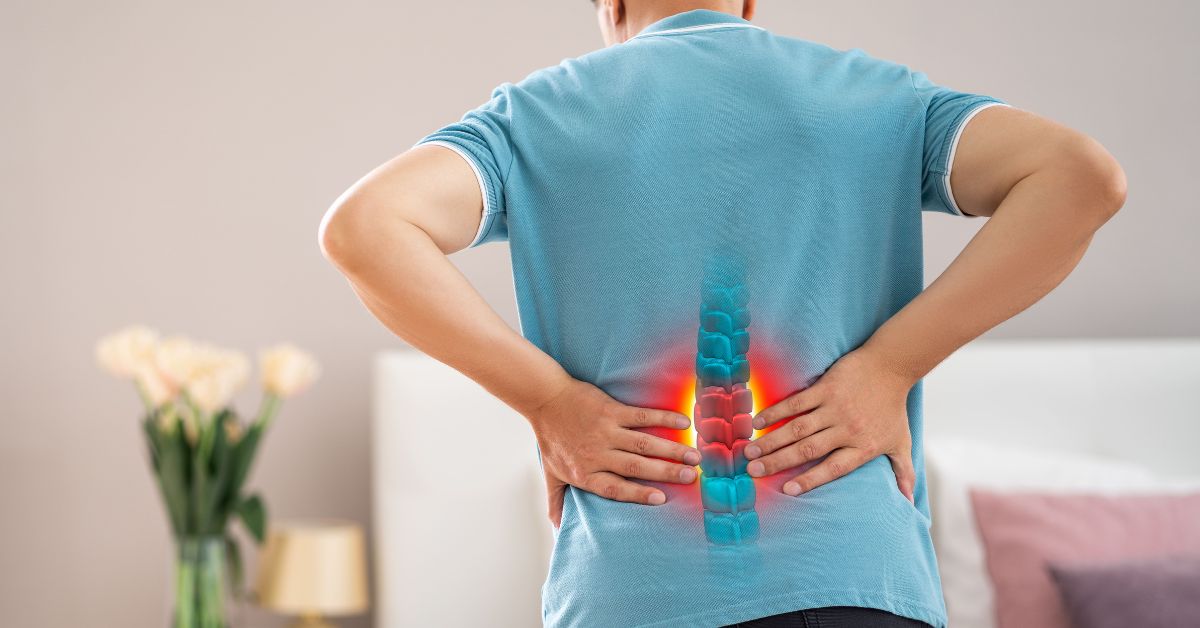
Degenerated Disc
Degenerative Disk Disease (DDD) occurs in many people during the normal aging process. It is also referred to as “arthritis of the back. During the aging process, our discs work as “shock absorbents.” These shock absorbers are located between the vertebral bodies start losing their elasticity. Therefore, the vertebral body may collapse down onto another. The collapsed body may compress nerve roots or the spinal cord. Thus, causing back pain and/or leg pain. Almost everyone’s disks will break down over time. However, not everyone feels pain. So, if the reason you are in pain is from worn-out spinal discs, you have degenerative disc disease.
